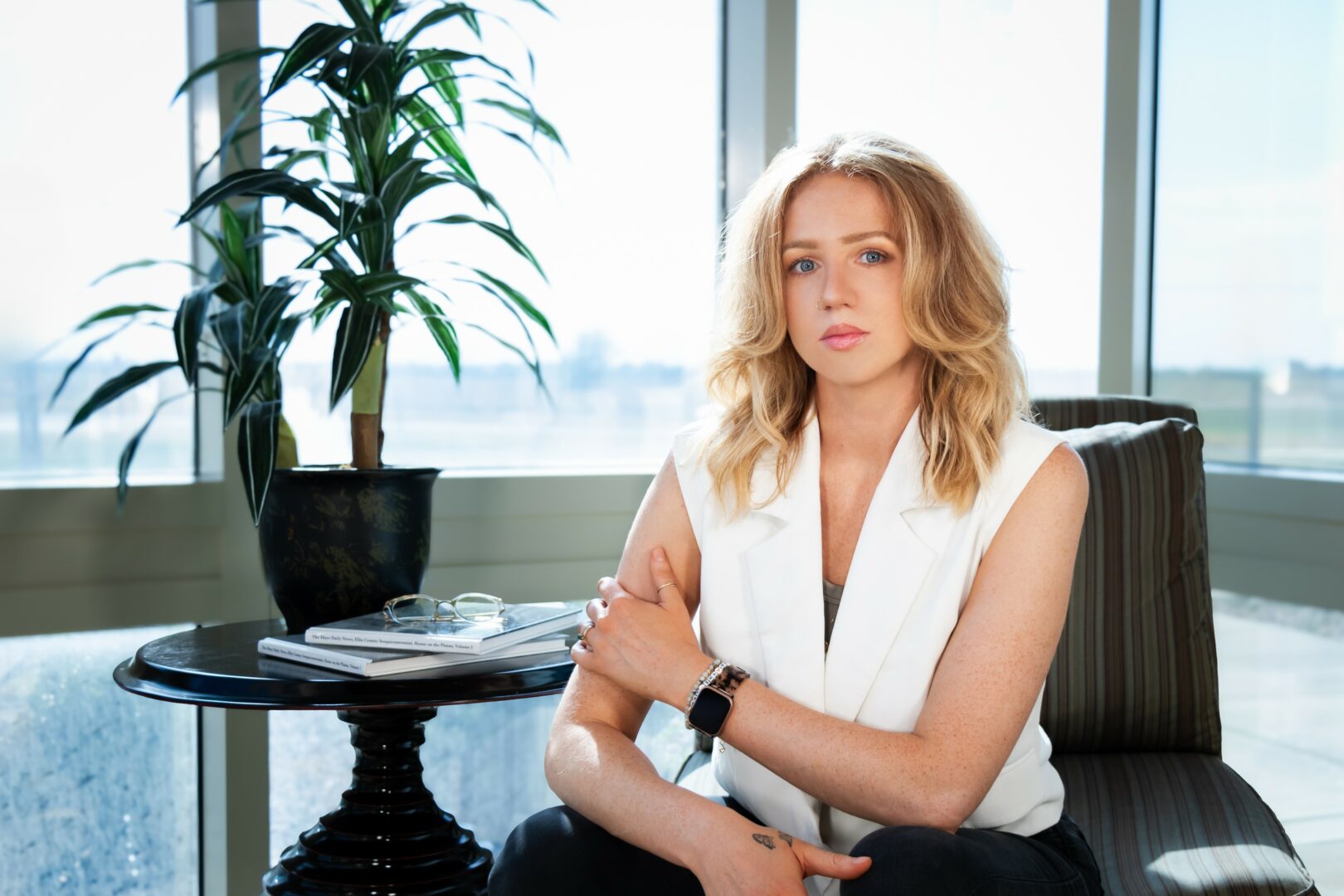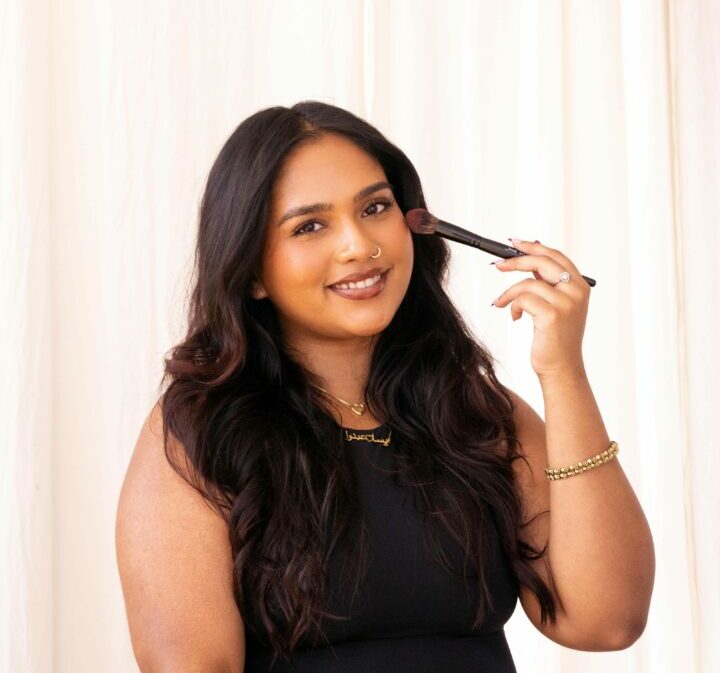We caught up with the brilliant and insightful Matthew Miller a few weeks ago and have shared our conversation below.
Matthew, first a big thank you for taking the time to share your thoughts and insights with us today. I’m sure many of our readers will benefit from your wisdom, and one of the areas where we think your insight might be most helpful is related to imposter syndrome. Imposter syndrome is holding so many people back from reaching their true and highest potential and so we’d love to hear about your journey and how you overcame imposter syndrome.
For much of my life, my goal was to become an architect. I worked hard in school, I took the exams, I practiced architecture, and worked on great projects. However, I found that when I reached my goal, I felt a lack of fulfillment. I was able to check the boxes along the way, and when I no longer had any boxes to check, I began to ask “what’s next?” I realized that rather than reaching for a goal that has a determinant end, I should chase something less concrete: a feeling. Happiness. So, three years ago, when I had the opportunity and support from my wonderful wife, I decided to leave my field, and do what makes me happy: painting.
With little professional experience I do often feel a pang of imposter syndrome. I do not have a formal art education; I am mostly self taught. So every time I apply for shows, or put my work in front of people, I have my self doubts. However, I do not let them linger because I arm myself against those thoughts by being my toughest critic. I feel that if I am pleased with my work, then there must be an audience who feels same way. And when that fails, I realize that there is a valuable lesson in failure, one that can only allow me to hone my craft.
Thanks for sharing that. So, before we get any further into our conversation, can you tell our readers a bit about yourself and what you’re working on?
Art has always been a passion of mine and it has served many roles in my life. During grade school it had often been therapeutic, a way to unwind and focus on something within my control. During my years as an architect, it was a supplemental study of the built world, as I focused on painting cityscapes from my travels. Around 2019, I had decided that it was time to make the switch from acrylic paints to oils. Because there was a learning curve to this medium transition, and I wanted to create as quickly as possible so that I could overcome that learning curve, I chose to work on subjects that were readily accessible: still lifes. The following year, because travel was not possible, and therefore cityscape source material was not attainable, I continued to explore still lifes. I chose this subject matter because of it’s accessibility and expediency, but it morphed into something more meaningful.
In addition to my fascination with realistically rendering everyday items, and thereby discovering the beauty in the mundane, I also found that the subject matter has the power to deeply resonate with the viewer. For example, almost everyone grew up eating peanut butter and jelly sandwiches. This connection with the subject of the painting goes deeper than the mere representation of bread, peanut butter, and jelly. It brings about the memories of childhood, of comfort food, and the happiness that those memories may hold. Now when I paint, I choose a subject that holds these memories and nostalgia, and strive to share them with the viewer. With my art, I celebrate the mundane items that hold profound meaning in our lives.
If you had to pick three qualities that are most important to develop, which three would you say matter most?
I think the most valuable skill to creating representational art is knowing how to see. When I was in grade school, I had a library of how-to draw and paint books. I would stare at them for hours, dissecting the steps within my mind. I would ask, “why doesn’t my drawing look like the example in the book?” Only after asking that question and trying solutions, did my work improve. I was training myself to see. That skill is one that I continue to try to improve so that I can accurately portray my subject, and be critical of my work.
In architecture school, we often used trace paper to draw over plans to explore new ideas and iterate upon old ideas. My professors would say that the best plans were at the end of the roll of trace paper, meaning that the more you study and iterate, the more refined and successful your work will be. This mode of thinking has translated to my art in that in order to hone my technique, I have to keep trying, keep pushing until I am satisfied with my work (which is an ever-moving goalpost!)
Finally, a critical eye and a development of technique mean nothing if not applied through a strong work ethic. There are times when artist block and distractions make getting into a painting difficult. In those times, a determined mindset and small achievable goals have allowed me to overcome the occasional temptation to take the foot off the gas. I find that allotting time for schedule planning, administration time, and frequent breaks has kept me in the studio with a fresh mind and willingness to get to work.
What would you advise – going all in on your strengths or investing on areas where you aren’t as strong to be more well-rounded?
I do not think I would have been successful pursuing a career in art straight out of college. Although, I ultimately decided that architecture is not the right path for me, I am thankful for the time I spent in the field, as I do believe that many aspects of the eight year stint have given me the tools to find a successful path forward as an artist. Business acumen, work ethic, criticality, and empathy are, I believe, invaluable for being a self employed artist, and practicing architecture has allowed me to become well rounded in those aspects. At the same time, while I was practicing architecture, I was also focusing on the specific strengths that pertain to making art. During my free time, I got better at painting, so that when my hobby became my profession, my work matched my expectations for professional art. In short, a little of A and a little of B: I worked to leverage my strengths, but also benefitted from becoming well rounded.
Contact Info:
- Website: https://www.matthewmillerfa.com/
- Instagram: @matthew.a.miller








Image Credits
Matthew Miller




